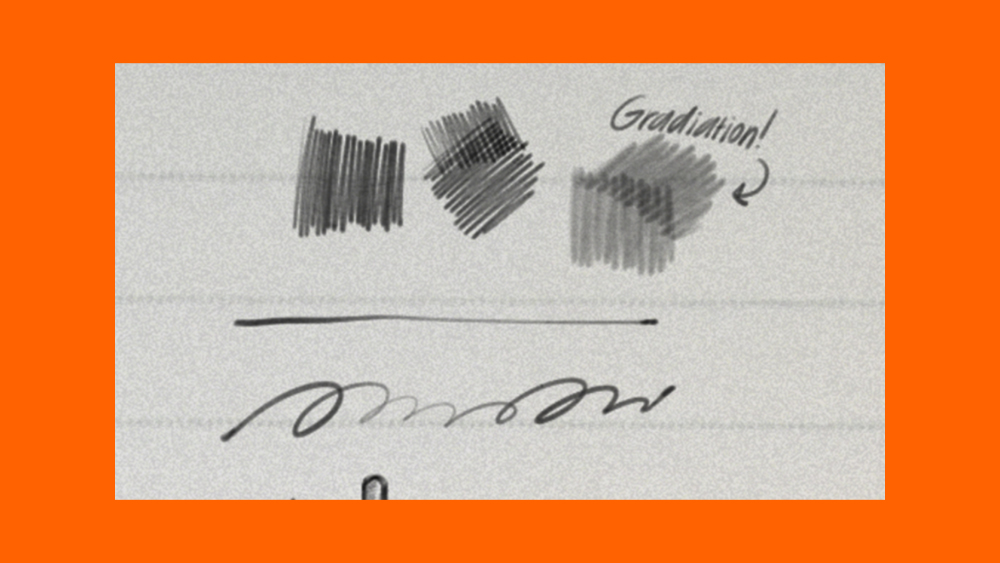Our Verdict
Modo now has the potential to become one of the standard 3D tools in the industry. Modo 701 offers an exceptional combination of toolsets, value for money and render capabilities.
For
- Revised interface improves workflow
- New features have been integrated
- OpenGL speed and stability improved
Against
- Steep learning curve in setup mode
- Price has increased
- Stability and UI redraw can be problematic
Why you can trust Creative Bloq
It has barely been a year since Modo 601 appeared, and yet somehow Luxology has managed to shorten its development cycle on major releases from approximately 18 to 12 months while at the same time going through a merger with The Foundry.
The latter event has changed the landscape of the 3D application market, bringing Modo to a whole new audience within a high-end VFX market that The Foundry is increasingly well placed to develop, thanks to products such as Nuke and Mari.
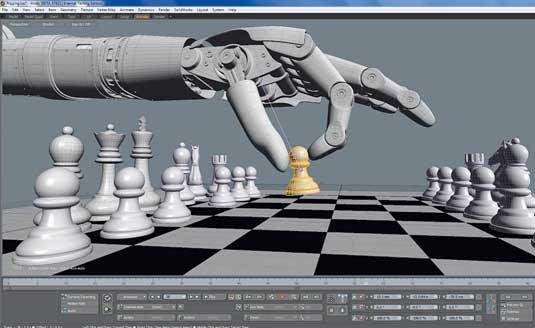
So, despite a tightened schedule and corporate shake-ups, we have Modo 701, one of the first children of this new creative marriage. Other than a change of the Modo icon to a look more in keeping with the other Foundry apps, at first glance it appears that not much has changed. But looks can be deceptive.
View switcher
For a start, the familiar tabbed layout has been developed into part of a tabbed view switcher. The view switcher takes a bit of getting used to, but it is worth getting to know: Modo intelligently adjusts to the last used layout, which allows quick switching between layouts if you’re in a specific workflow, which definitely speeds things up.
Speed is probably the defining word for 701. Put simply, it flies in OpenGL view. Once complex meshes have loaded, it is genuinely stunning how capable Modo is at handling large data sets. This becomes very useful when you want to retopologise a sculpt from an application like ZBrush, for example.

Instead of the previous workflow of trying to reduce the size of my ZTool, I exported a 8 million-poly .OBJ into Modo: once the model had cached into the OpenGL view, I was freely able to use Modo’s excellent retopo tools.
These have been improved both in terms of speed and accuracy from 601, and have been augmented by additions as the Contour tool, which allows you to create edge loops across a mesh. The loops can be connected by smart bridging tools to allow you to speed through your mesh creation, much quicker than using ZBrush alone.
New features
I was able to flip between rendering and retopo layouts with the heavy ZBrush mesh and work with the preview improvements. While every view of Modo now has advanced ray tracing available, the speed improvements in the preview mode are phenomenal.
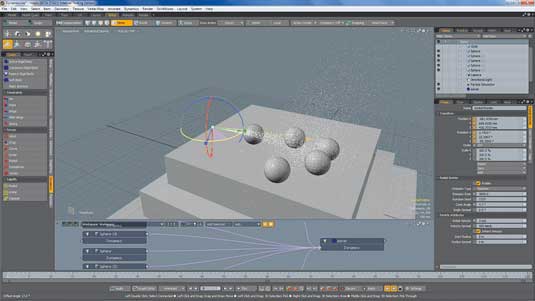
There is also a new feature in the Global Illumination settings called Environment Importance Sampling, which optimises the renderer based on the HDR used for lighting it, and with one checkbox fixes most of Modo’s legacy rendering problems instantly.
Speed and reliability
Obviously tweaking can still be done to optimise your render, but the render enhancements make 701 worth the upgrade in terms of speed, reliability and render quality alone over previous versions – especially since the gains are still realised on older equipment and so-so graphics cards.
It feels like every one of Modo 701’s features have been overhauled, but it’s not all upgrades. New features have been added, the biggest being a particle system. This is placed in the Setup tab along with the rigging systems, which were added in 601 and have been enhanced with deformers; and an improved dynamics system that finally works as advertised.
Particle system
The particle system allows a range of tools such as emitters, which can be combined with specific particle modifiers, such as flocking and terminator tools, to get an advanced particle system setup in minutes. The particles can even have dynamics working quickly and easily and, with the new Workspace view, setting up logical connections combined with the existing replicator toolset allows an exciting range of possibilities that are applicable to VFX and motion graphics.
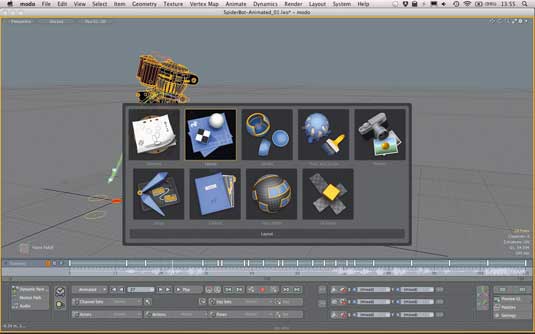
There is a range of caching options, which work with the OpenGL speed improvements to allow you to see very complex sims play out in real time. There is an added benefit to particles in Modo: Modo’s core has always been about modelling, and particles and their paths can be frozen as meshes, which can be sculpted and used just like any other piece of geometry.
Animation has also received an overhaul, with a well thought-out interface which works well. New features such as audio track ingestion and dynamic parenting, which allows you to pass animations from one mesh to another whenever you please, could be revelatory to a lot of 3D artists who have been scared away from rigging due to its steep learning curve. The new feature sets in Modo 701 really do make certain types of animation simpler in Modo than in any comparative application.
Integration
One of the worries with Modo has been that artists were gaining new tools with every new release while losing the focus on what made Modo great in the first place: speed, simplicity and a new methodology of creating content where the app got out of the way. With Modo 701, The Foundry has managed to regain this core feeling and have made a truly astounding 3D application.
While still presenting steep learning curves in some areas, Modo 701 has at its essence a core toolset that’s applicable across virtually all of the new features, which allow a breathtaking array of creative possibilities. While most 3D applications really do benefit from plug-ins to help provide complete workflows, Modo is pretty much feature-complete for most 3D tasks. In areas where other applications may offer better solutions for specific tasks, Modo integrates into most pipelines exceptionally well.
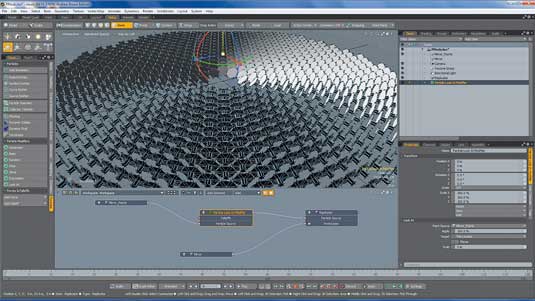
This integration will be improved with the long-term stability that being part of a product suite alongside the rest of the Foundry’s applications brings. The benefits can be seen in Modo 701 becoming available on Linux for the first time: a beta is currently available.
When you consider that this package is a third of the price of most of its competitors, with one of the best licensing systems (cross-platform, unlimited render nodes) on the market, there is no reason not to recommend Modo 701 as one of the best tools that a 3D artist can have.
- Win one of three copies of Modo 701 here
Key info
Price: $1,495/£999/€1,169
Upgrade from: $495/£324/€379
Education licence: £99 / $149 / €116
System: Windows / Mac OS X /Linux (beta)
Developer: The Foundry
Features: Advanced subdivision modeller, integrated live and final GI rendering, multi-resolution sculpting and painting, character and constraint-driven animation solutions, complete dynamics and particle solution.

Thank you for reading 5 articles this month* Join now for unlimited access
Enjoy your first month for just £1 / $1 / €1
*Read 5 free articles per month without a subscription

Join now for unlimited access
Try first month for just £1 / $1 / €1
out of 10
Modo now has the potential to become one of the standard 3D tools in the industry. Modo 701 offers an exceptional combination of toolsets, value for money and render capabilities.
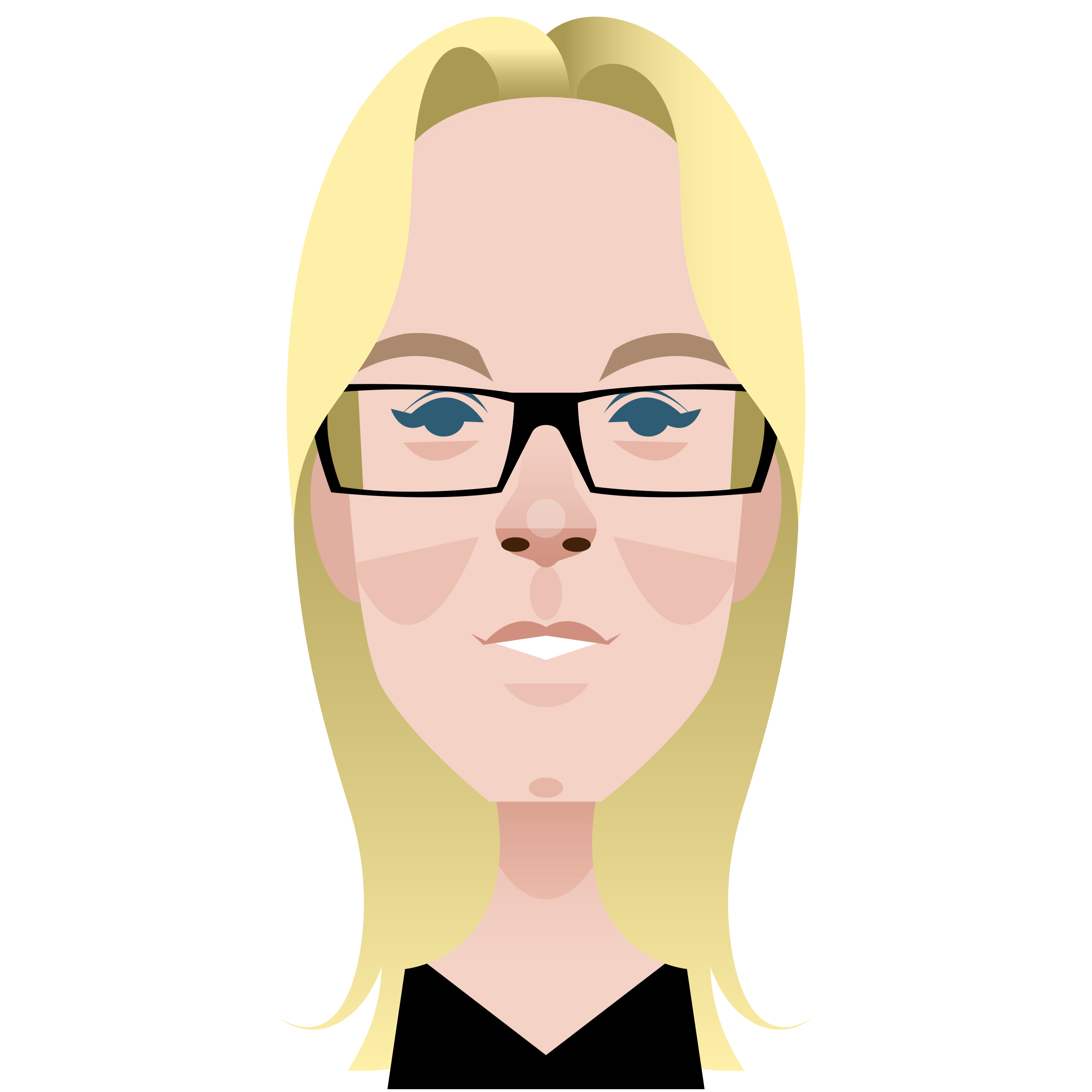
Kerrie Hughes is a frequent contributor to Creative Bloq, and was once its editor. One of the original CB crew, Kerrie joined the team back in 2013 after moving from her role as staff writer on 3D World. Since then she's written regularly for other creative publications such as ImagineFX, Computer Arts and Digital Camera World. After a stint working for the police, Kerrie is back reviewing creative tech for creative professionals.
